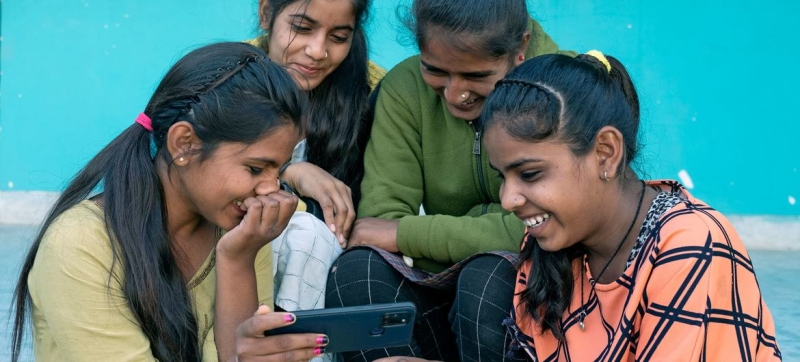
Young people aged 15–24 are the most active Internet users. The world is online: three quarters of the world’s inhabitants have access to the Internet Economic Development
The International Telecommunication Union (ITU) released a new report on Monday that documents impressive growth in the number of Internet users while pointing to a widening digital divide.
According to the organization, during the year more than 240 million people connected to the global network, and now about six billion people on the planet are online – three quarters of the entire population of the Earth. However, 2.2 billion remain outside the digital space, highlighting the scale of the challenge to ensure universal and equitable digital inclusion.
Connection quality is key
ITU Secretary-General Doreen Bogdan-Martin noted that modern life is impossible without digital technologies, which means everyone should be able to use the Internet. Connectivity becomes a key factor: speed, reliability, accessibility and skills determine whether people can benefit from digital opportunities.
The report provides the first estimates of the number of subscriptions to 5G networks – there are about three billion of them, that is, a third of all mobile connections. Fifth-generation networks cover 55 percent of the world’s population, but the distribution is extremely uneven: in high-income countries, 84 percent of residents have access to 5G, while in low-income countries only four percent have access to 5G. At the same time, users from rich countries generate almost eight times more mobile traffic than residents of poor regions, which clearly demonstrates the gap in quality.Equally important is the issue of accessibility. Although the average price of mobile internet has fallen overall, it remains unaffordable for large parts of the population in 60 percent of low- and middle-income countries. In addition, most users have only basic digital skills, while more complex skills – from maintaining a safe online environment to creating content – develop more slowly. data.
Digital Demography
The report shows how closely digital development is linked to the level of the economy, gender differences and place of residence. In high-income countries, 94 percent of the population uses the Internet, while in low-income countries only 23 percent use the Internet. Most people who remain offline live in poor and developing regions. Young people aged 15-24 are the most engaged, with 82 percent of them online, compared to 72 percent of the rest of the population.
The ITU report not only documents progress in global digitalization, but also reminds us to focus on breaking down barriers. Without accessible infrastructure, fair prices and digital skills development, millions of people risk being left on the margins of the digital world.
